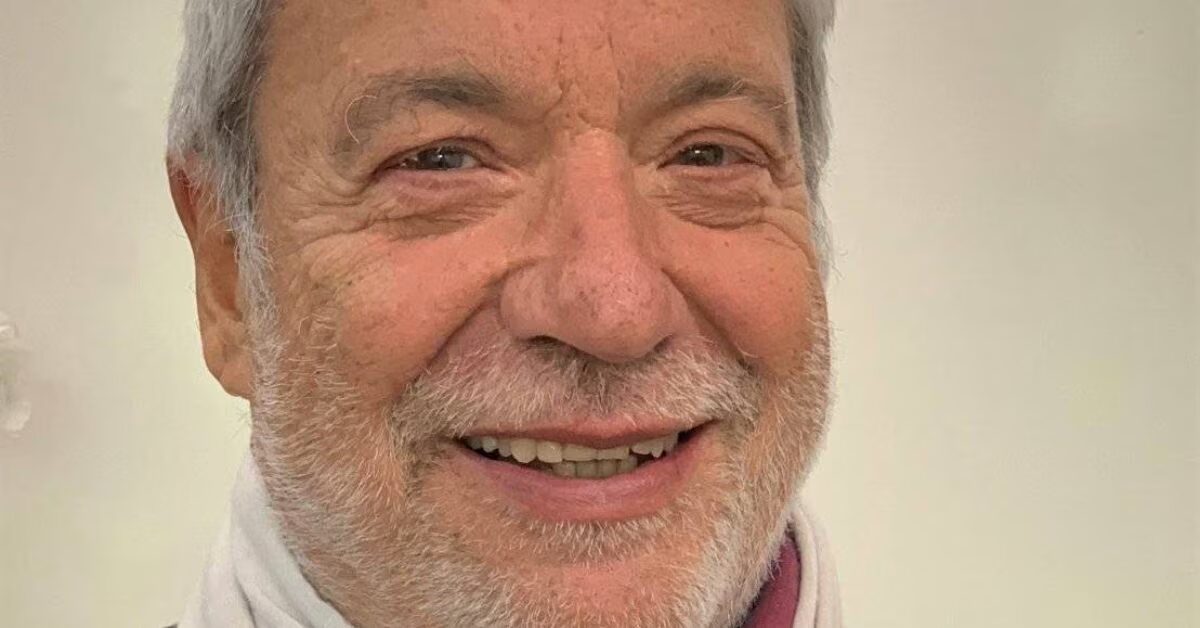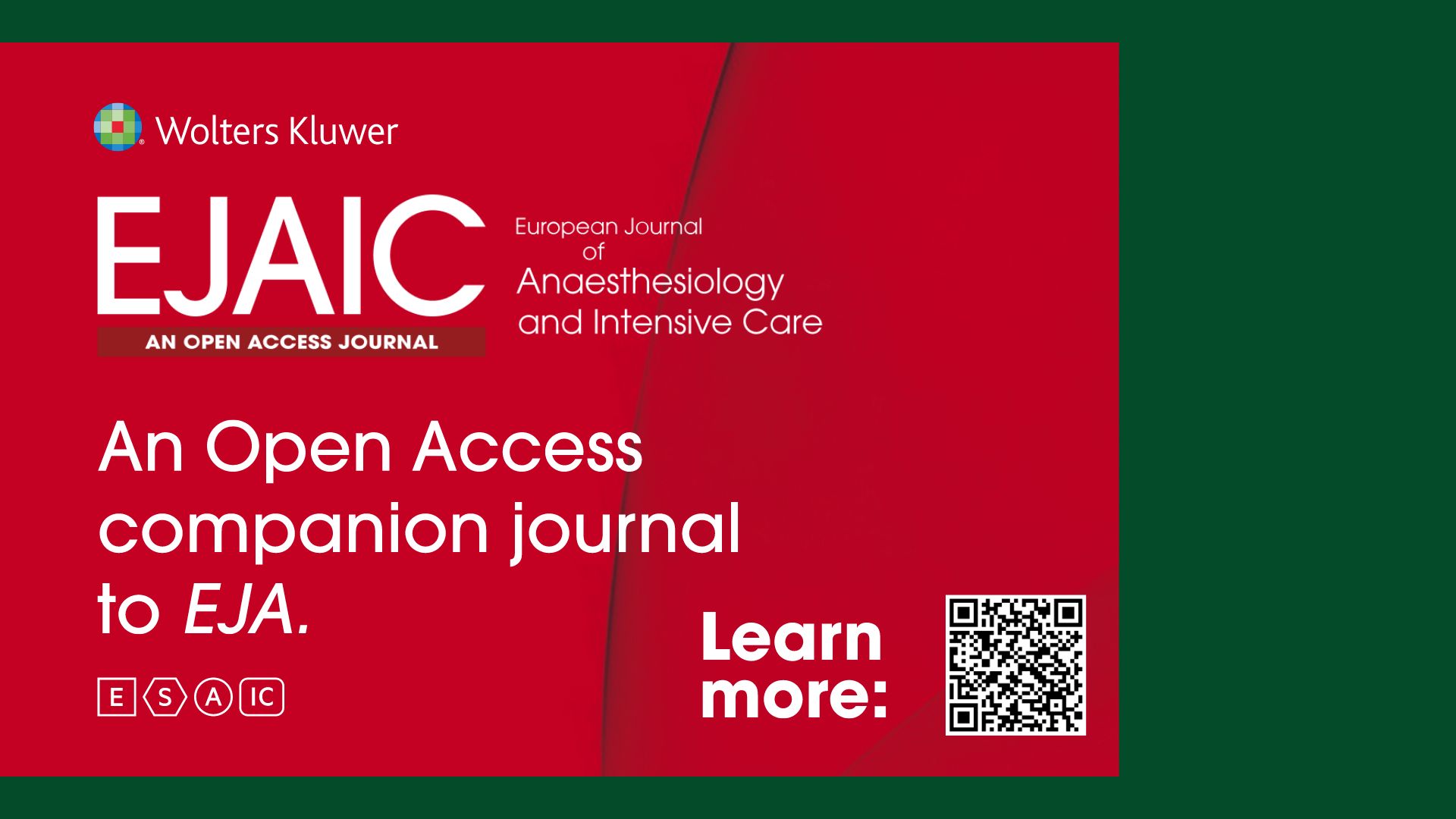ESAIC News
How I overcame my fear of Paediatric Anaesthesia and ICU
At the end of my residency, content but exhausted after passing my exams between Covid-19 shifts, with no clear future perspectives, I seized the so much more optimistic opportunity offered by the ESAIC to deepen my knowledge in an area of interest of my choice, during a 3-month Trainee Exchange Programme. I was thankfully chosen, and in return, I picked Paediatric Anaesthesia and Intensive Care because it was my dearest internship, one short-lived because of the messy pandemic, but also because it was the speciality I was most uncomfortable with due to my little experience with paediatric patients and the supplemental responsibility involved. The time finally came to discover the wonderful Hospital Timone Enfants, part of the APHM, in Marseille, the second largest children’s dedicated hospital in France; a centre of referral with a great tradition in paediatrics, the workplace and university of Arthur Fallot, currently dealing with any paediatric pathology imaginable, from the simplest to the rarest and most challenging illnesses. First of all, this country is renowned for having one of the best public healthcare systems in the world, something that was incredible to observe and take part in, starting from the way the medical waste is being recycled to their deontological beliefs, especially coming from a place that still has many unattended and unresolved issues. From a medical point of view, I wished to split my time there between the Intensive Care Unit and the operating theatre. My goal was to see many types of acute and chronic diseases and their management, especially in children undergoing procedures parallel to a heavily associated pathology. Being a centre that treats children with complex congenital illnesses, lifelong care is given – the first lesson learned is that a child that is operated on is not necessarily cured, taking, for example, most malformation diseases.
The level of care and medical management is impressive; patients are admitted to the ICU from different hospitals in the south of France, which would have, in my country, very little chance of survival, and with very few exceptions, are brought back to life and their families. The first line of work is done by a dedicated and proficient team of nurses, with a strong collaboration of paediatricians and surgeons from different specialities, integrating the younger generations and giving them liberty to practice and learn. Even if there is no perfect work environment, competence, communication, and common-sense decisions are always privileged in a relaxed atmosphere as much as possible. To portray this, I chose two photos, one presenting the high level of medical performance and investment that takes place in the patient’s room and in parallel, near the central monitoring station, the periodic visits from the hospital’s clowns, suggesting the joy of working with children, the high level of empathy manifested towards them and their families in times of heavy burden. This was the second lesson learned: never let your patient see your heart is broken for them. The third lesson is the one I was most hoping to assimilate, regarding my fear of the unknown in this context, of stabilising a patient with a pathology I know very little of, considering the many “surprises” in associated diseases a child can have. Of course, I will not be able to know everything about every disease and its implications in anaesthesia and ICU, but working in a guideline-oriented and applied medical environment is the starting point in managing any patient, and also knowing that help from a skilled paediatrician is close. I am eager to return home and practice what I have learned with more wisdom and confidence. I have no negative comments regarding my Paediatric Anaesthesia peers in my country; I am very thankful for what they have taught me. What I would change is our system. First, gathering all paediatric specialities in one building, one hospital in Cluj-Napoca, creates a functional working environment and partnership between all specialities that treat children. This would help resolve many shortcomings from the lack of appropriate medical devices, having the “know-how” in standard working conditions, and ultimately letting go of the attitude of “whatever works is fine”, which is incompatible with paediatrics or medicine in general. In the end, I would like to thank Prof. Fabrice Michel for accepting me and giving me the liberty to see and learn everything I was interested in, his wonderful colleagues, who were very welcoming, the ESAIC for still fulfilling young people’s dreams, and Marseille – an incredible city, an advocate for tolerance and appreciation of life in general.
Author
- Iris Aszalos (MD) – 5th-year resident in Anaesthesia and Intensive Care, Emergency Institute for Cardiovascular Diseases, Bucharest










